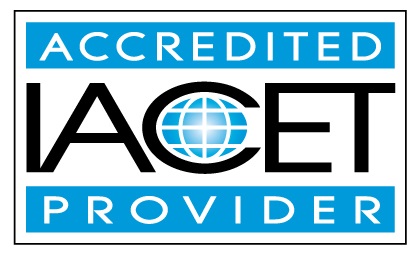Description
Author Ian Rice, PhD, MSOT
How does the fit of a manual wheelchair (MWC) effect the end user? The short answer is nearly all mobility related activities and more can be traced back to the state of the interface between person and wheelchair. Coupled with the fact that manual mobility is straining and far less mechanically efficient then ambulation, the impact of a non-optimally configured manual wheelchair can be pronounced. In the context of seating and mobility, the line between optimal and catastrophe is often narrow because subtle changes to configuration impact countless elements including safety. For example, configuration has the potential to effect mobility efficiency, propulsion technique, learning stroke techniques, upper limb injury potential, predisposition to tips and falls, performance of activities of daily living (ADLs) (transfers, reaching, dressing) and of course, independence, sense of participation, and quality of life. All these factors are well substantiated by over twenty years of literature. The current article will explore the most current literature describing impactful MWC configuration and component features which influence the daily lives of end-users. Newer technologies like pushrim activated power assisted wheelchairs (PAPAWs) and other power add-on systems will also be discussed for their potential to enhance mobility through supplementation, and/or replacement of the MWC.
Learning Outcomes:
1. The participant will be able to describe what factors constitute optimal manual wheelchair propulsion biomechanics.
2. The participant will be able to describe how numerous configuration options affect propulsion biomechanics both positively and negatively
3. The participant will be able to describe how numerous component selection options affect propulsion biomechanics both positively and negatively.


